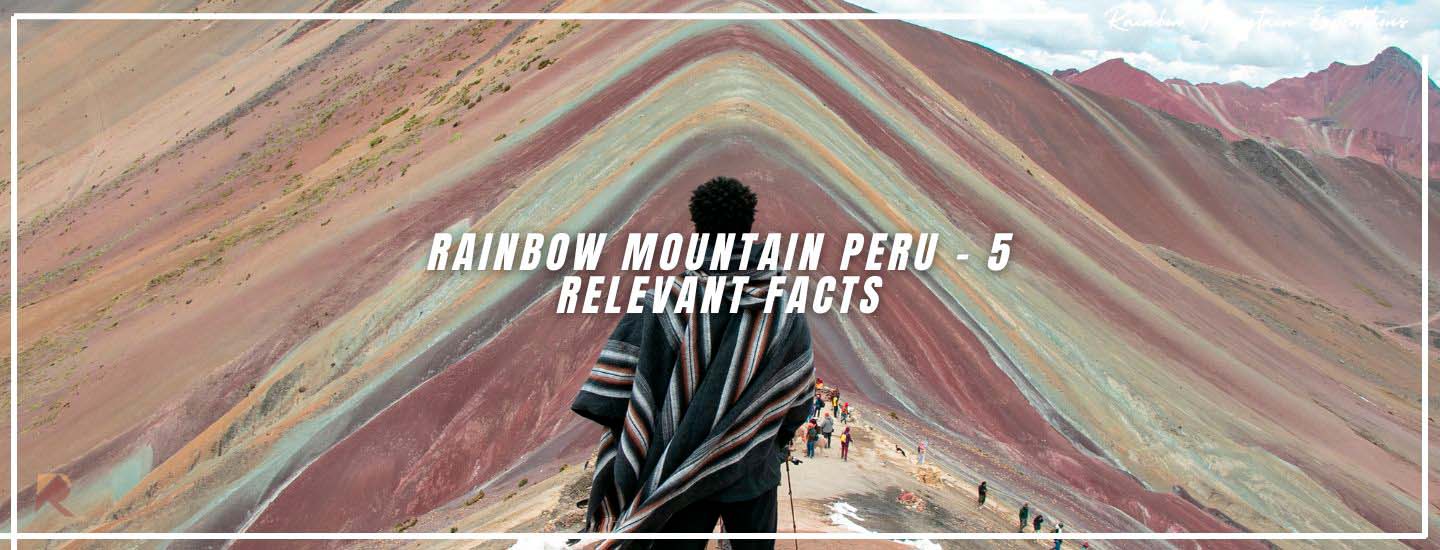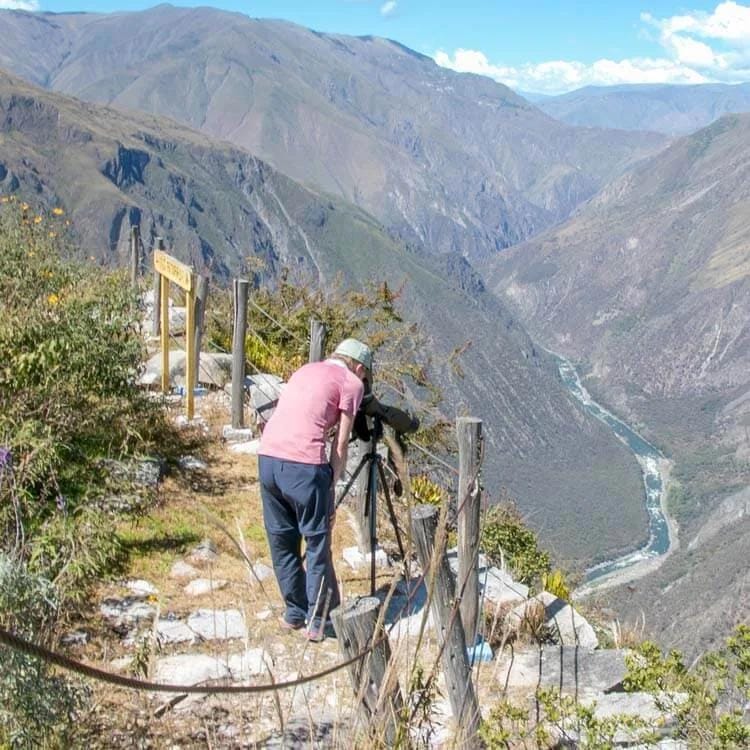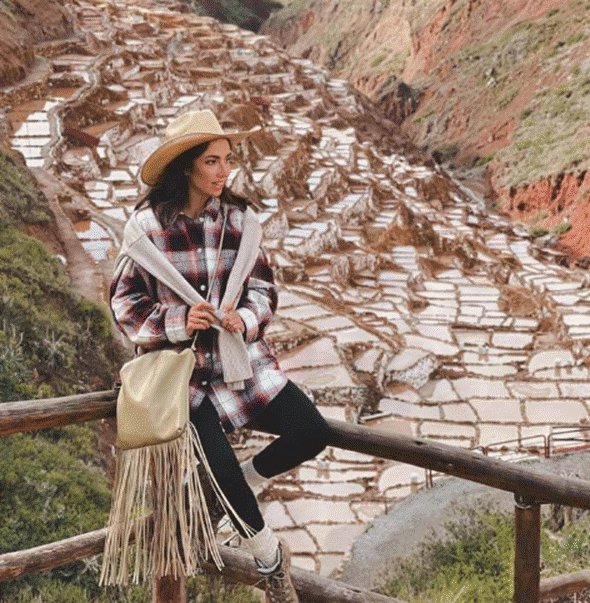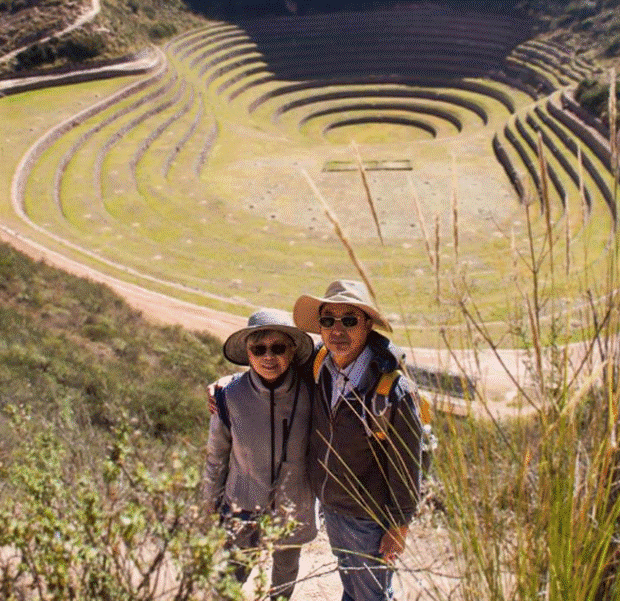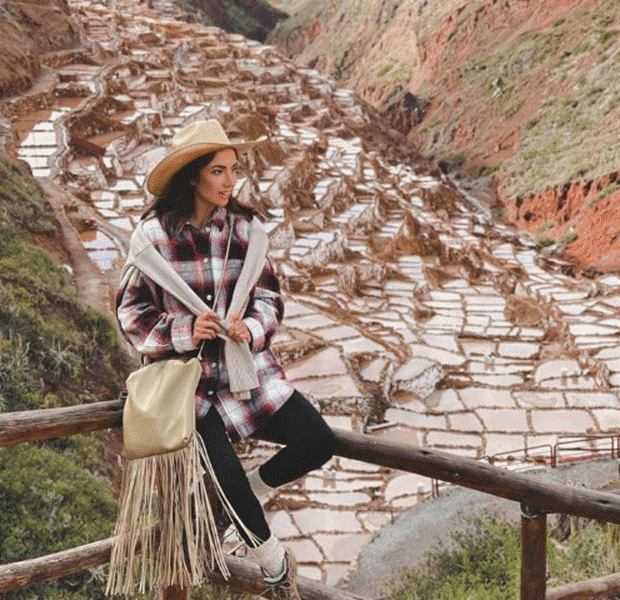Top 5 Facts about the Rainbow Mountain
Surely you heard about the Rainbow Mountain but you knew some of these 5 facts that will leave you fascinated, join us to discover what the mountain of colors has for you.
Located three hours away from Cusco, Rainbow Mountain towers at an altitude of 5,200 meters and boasts stunning hues of layered colors. It shot to fame on social media, with some observers claiming to see up to 14 distinct shades under ideal conditions. But what truly gives these mountains their vibrant tones? Let’s dive into some incredible facts about this natural wonder.
Rainbow Mountain: Incredible Facts
1. The Source of Its Colors
Rainbow Mountain’s vivid hues come from its unique geological composition, shaped by minerals weathered over millions of years. The distinct layers reveal red clay, sandstone, magnesium, mud, limestone, and sulphurous minerals. Together, these create a kaleidoscope of colors ranging from reds and yellows to greens and blues, offering a sight unlike any other in the world.
2. Its True Name and Cultural Meaning
Though famously called Rainbow Mountain, its traditional name is Vinicunca, a combination of the words “wini” (black stone) and “kunka” (neck). Locals often refer to it as the “Montaña de Siete Colores”, or Mountain of Seven Colors, highlighting its cultural significance as part of the Andean landscape.
3. A Sanctuary for Wildlife
The mountain’s reopened ecosystem has become a haven for diverse wildlife. Visitors may spot alpacas, llamas, deer, foxes, and even the elusive Andean condor soaring above. The region is also rich with rural communities that herd their animals on the surrounding plains, adding a human connection to the experience.

4. Does the Color Change?
Indeed, the mountain’s colors vary depending on weather conditions. On bright sunny days, the layers shimmer vividly, revealing their full spectrum. In contrast, cloudy or wet weather tends to mute the hues, offering deeper but less vibrant tones. This unique dynamic adds to the mystique of Rainbow Mountain and rewards those who plan their visits carefully.
5. The Best Time to Visit
To see the mountain at its most radiant, visit during Peru’s dry season, between April and September, or the early weeks of October. These months promise clear skies and stable conditions, perfect for witnessing its colors in their full glory. Avoid the rainy season, as muddy paths and poor visibility can hinder your adventure.
Planning Your Rainbow Mountain Adventure
Exploring Rainbow Mountain is not just about the views; it’s an immersive journey. Trekking paths can be challenging, given the high altitude and thin air, making preparation crucial. Some guided tours even offer horse rentals for those less inclined to hike.
Quick Tips for Your Trek
- Acclimatize Properly: Spend at least two days in Cusco to adjust to the altitude before attempting the trek.
- Gear Up: Wear sturdy hiking boots, dress in layers, and pack essentials like water, snacks, and sunscreen.
- Guides Are Key: Knowledgeable guides can enhance your experience by sharing insights about the mountain’s history and geology.
Climate Change and the Formation of Rainbow Mountain
Rainbow Mountain’s appearance is a direct result of climate change. For centuries, it was buried beneath snow and glacial ice. The warming of the planet led to its gradual unveiling, sparking global interest and highlighting the profound changes occurring in our natural world.
FAQs About Rainbow Mountain
1. What makes Rainbow Mountain so colorful?
Rainbow Mountain’s colors result from the unique combination of minerals within its layers. Over millions of years, weathering exposed minerals like red clay, sandstone, magnesium, and sulphur, creating its iconic rainbow-like appearance.
2. When is the best time to visit Rainbow Mountain?
The ideal time to visit is during Peru’s dry season, from April to September, or early October. These months offer clear skies and stable weather, ensuring the mountain’s colors are vivid and the trekking conditions are manageable. Avoid the rainy season (November to March), as muddy trails and poor visibility can dampen your experience.
3. How difficult is the hike to Rainbow Mountain?
The trek to Rainbow Mountain can be challenging due to its high altitude of 5,200 meters (17,060 feet). While the trail itself is not excessively steep, thin air at high altitudes may make it tough for some hikers. Proper acclimatization, hydration, and pacing are essential. Horse rentals are also available for those who prefer not to trek on foot.
4. How far is Rainbow Mountain from Cusco, and how do I get there?
Rainbow Mountain is approximately a 3-hour drive from Cusco. Most tours include transportation to the trailhead, followed by a 4 to 5-mile trek (round trip). Some routes allow vehicles to cut down the trek distance for an easier journey.
5. What should I pack for a Rainbow Mountain trek?
Prepare for your trek by packing the following essentials:
- Sturdy hiking boots
- Warm, layered clothing (mornings are cold, but it can get warm during the day)
- A waterproof jacket for unpredictable weather
- Sunscreen and a hat to protect against UV rays
- Snacks and water to stay energized and hydrated
- A camera to capture the breathtaking views
6. Is acclimatization necessary before visiting Rainbow Mountain?
Yes, acclimatization is crucial to avoid altitude sickness. Spend at least 2-3 days in Cusco or another high-altitude area to let your body adapt before trekking. Drink plenty of water and consider coca tea, which is traditionally used by locals to combat altitude effects.
7. Does the mountain’s color change with the weather?
Yes, the mountain’s colors appear more vibrant on sunny days due to the natural reflection of light. On cloudy or wet days, the colors may seem muted but remain equally captivating.
8. Are there any local communities near Rainbow Mountain?
Yes, the area around Rainbow Mountain is home to Andean communities. You’ll often see locals herding llamas and alpacas. Many tours provide opportunities to learn about their culture and traditions, enriching your overall experience.
9. Are there alternative ways to explore Rainbow Mountain?
If hiking isn’t your preferred option, consider renting a horse for the journey. Additionally, some tours focus on providing cultural insights along the way, combining the trek with visits to nearby villages.
10. Why is Rainbow Mountain linked to climate change?
For centuries, Rainbow Mountain was buried beneath snow and ice. Global warming caused these ice caps to melt, revealing the colorful mineral layers beneath. While its discovery is a marvel, it also underscores the ongoing and profound effects of climate change.

